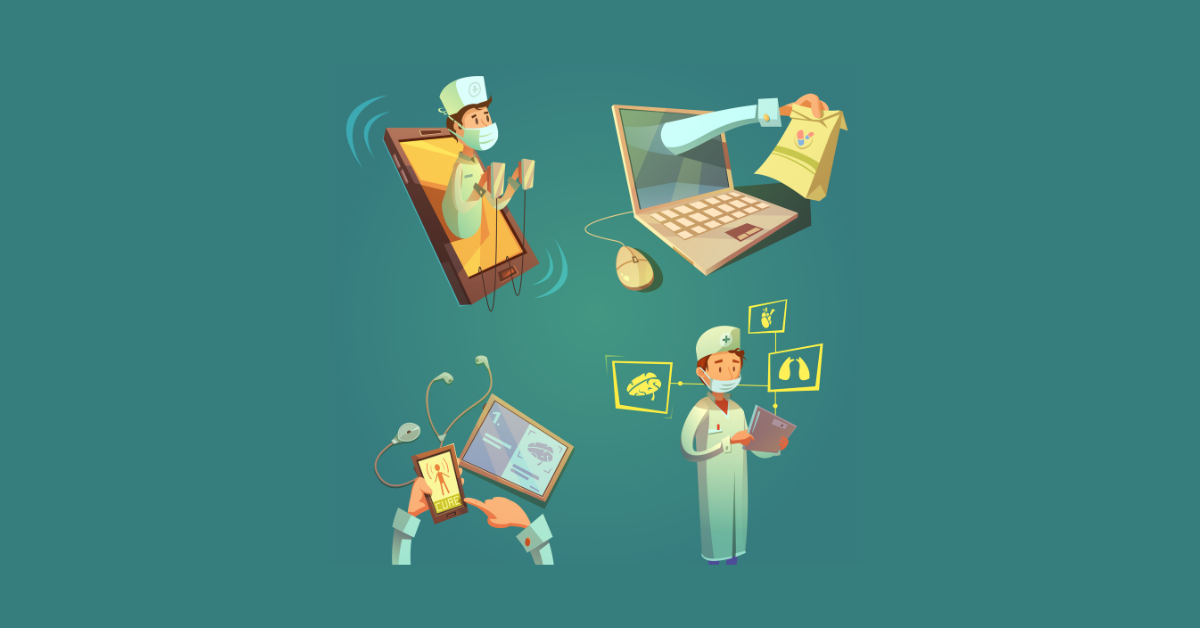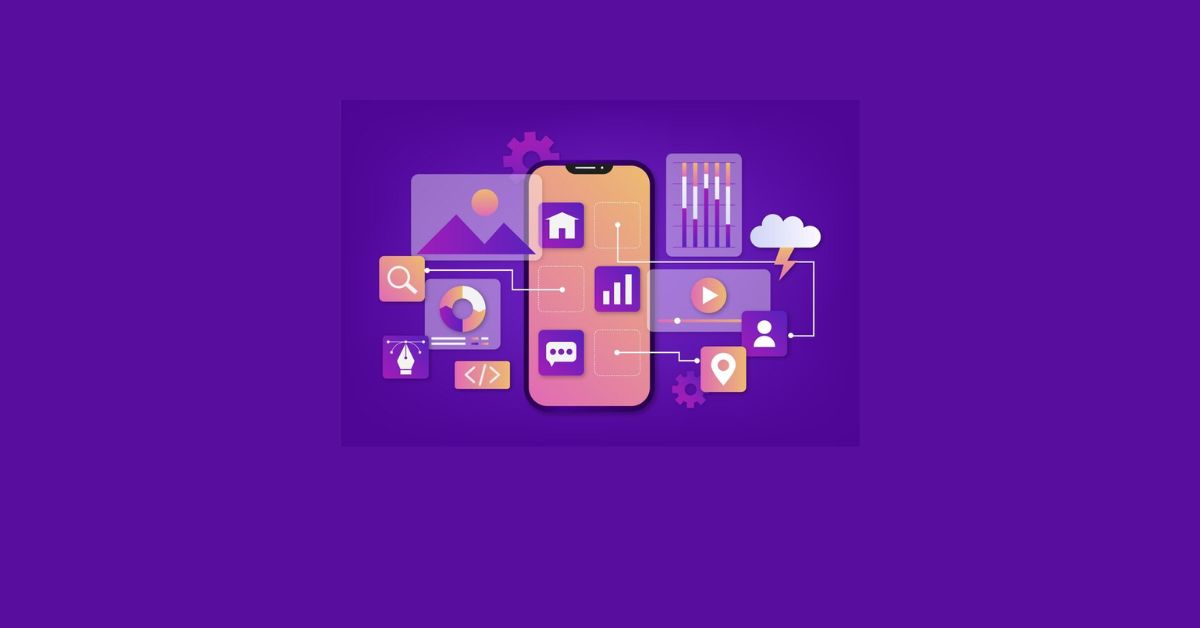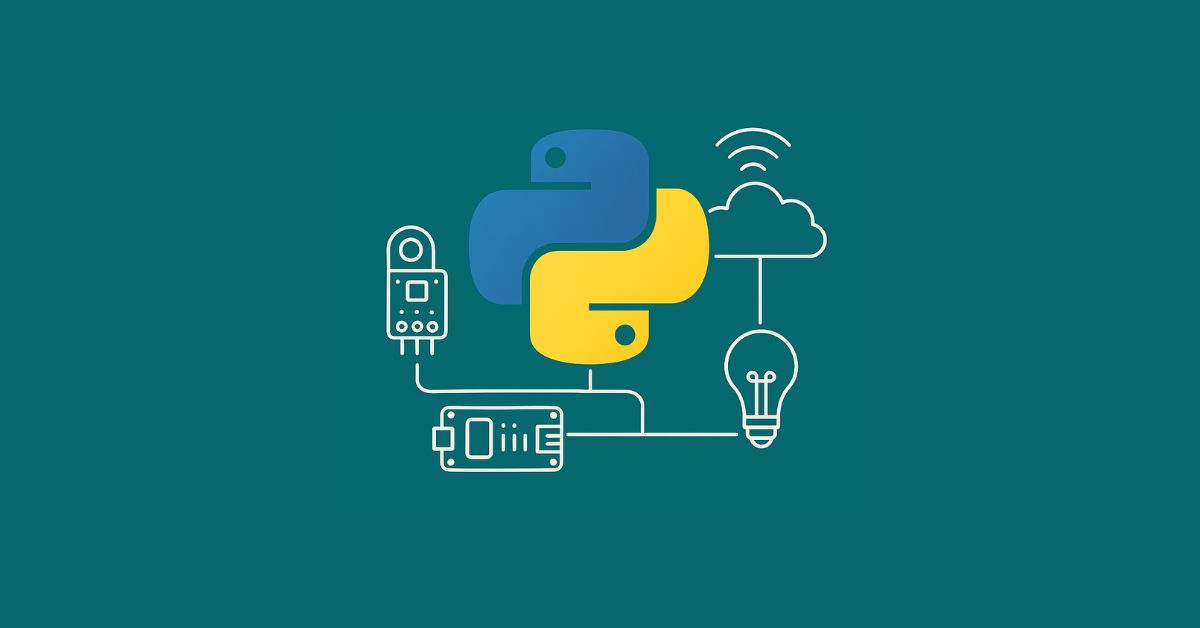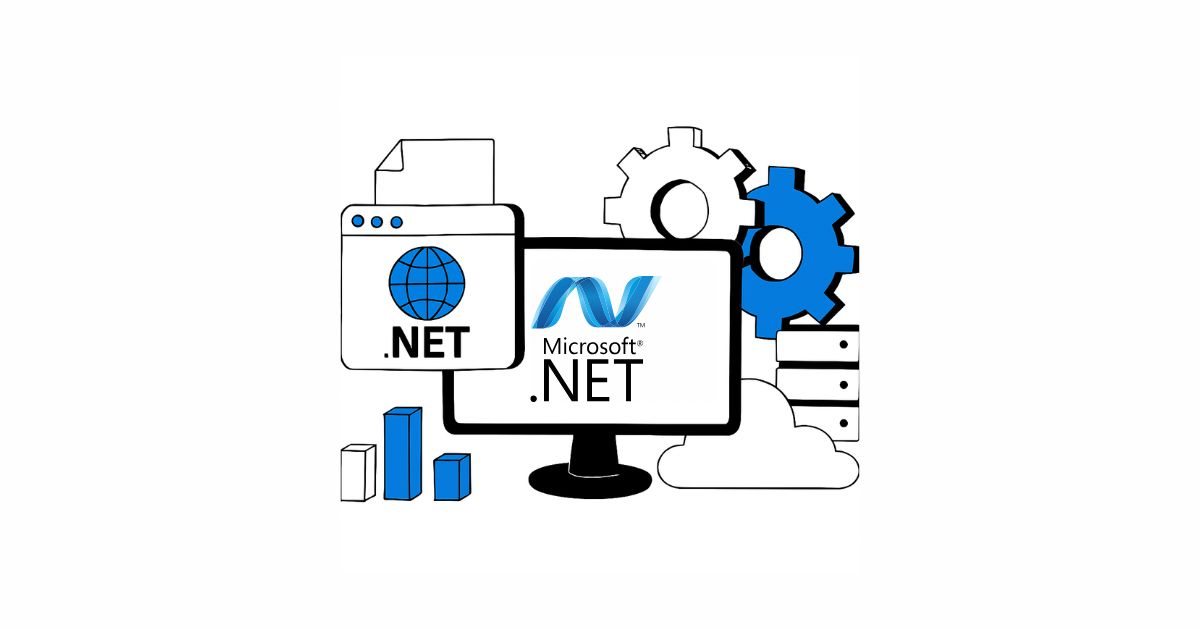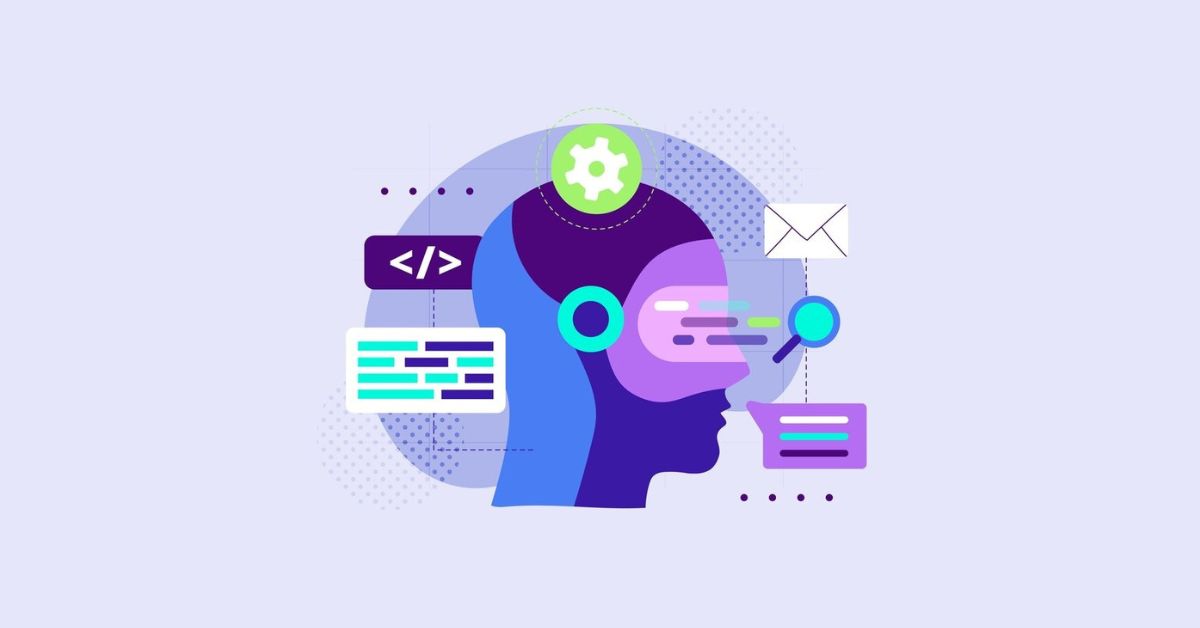Over the past few years, the healthcare sector has faced numerous challenges arising from the worldwide digital world, the pandemic, significant demographic shifts, and growing patient demands. As we enter into the stage of evidence-based medicine, individual healthcare, and digital customer service, it becomes crucial for healthcare practitioners and startups to stay updated about the current trends in the industry. With the same flow, it is important to know between a really viable and just a promising idea with great potential.
Technology in healthcare has provided health care benefits with new and updated technology that helps people with faster and easier processes to cure people soon with less pain and more benefits. Physicians can also use the applications to identify possible medication errors and patient safety.
- IT Innovations in Healthcare Sector
– 5G Mobile Technology
– Hybrid Closed-Loop Insulin Delivery System
– Nanomedicine
– Gene Therapy for Inherited Retinal Diseases
– Internet of Medical Things - IT Challenges in Healthcare Sector
– Avenue of Digital Health Revolution and Challenges
– Utilization of Digital Health Mechanism
– Challenges Faced in Using Digital Health During and Post Covid-19 - Opportunities for Future Use
- Final Words
Innovation of IT in Healthcare Sector
With blockchain innovation in healthcare, the ultimate goal of blockchain is a decentralized account system that uses the EMR- an independent blockchain that controls the data. This happens when an authorized command by the government or EMR opens its store.
Innovative technology and cutting-edge blockchain-powered ecosystem called CURES Token exists that is dodging a latent threat by decentralizing healthcare systems, helping patients, and updating the systems, to make the most of limited resources in their sector to create near virtual competition.
5G Mobile Technology
High-speed communication and top healthcare innovation are usually interchangeable, but as wireless technology is getting advanced, it is beginning to understand how mobile apps dramatically improve the lives of patients .5G data have made the technology so advanced that you can get access to things fast which will help your work faster solved. With the help of 5G technology you can book an appointment from anywhere and anytime, you can easily get access to your reports and send them to your doctor for consultation, even in pandemic times doctors used to have video calls with patients to know about their health and its history.
Hybrid Closed-Loop Insulin Delivery System
The most promising breakthrough in healthcare innovation technology would be hybrid insulin delivering the common system known as artificial pancreas. This is the next step in developing fully automated delivery systems. This innovative health system is designed for the treatment of type 1 diabetes. Automated insulin delivery systems that connect a constant glucose meter to an insulin pump, removing the necessity for diabetic people to self-test and monitor insulin levels.
Nanomedicine
The innovative use of nanotechnology—technology operating at the atomic, molecular, or supra-moleacular level—in health care is known as nanomedicine. Using cutting-edge medical technology, nanomedicine can be applied to imaging, detection, diagnosis, and delivery in the healthcare industry. Blue Willow Drugs, a biopharmaceutical startup, has created nanotechnology to combat bacteria and viruses.
Gene Therapy for Inherited Retinal Diseases
FDA clearances for gene therapy for hereditary retinal disease are anticipated. Although there isn’t a recognized treatment for this uncommon illness, sufferers may soon be able to restore their vision due to growing advancements in medical science and studies into particular genetic factors.
Internet of Medical Things
The health sector has changed thanks to the Internet of Medical Things (IoMT). It keeps an eye on the medical technology utilized at a facility and sends out performance alerts when something goes wrong. In critical areas, IoMT applications can be utilized to locate personnel, patients, equipment, and other resources. With big businesses like Microsoft providing enterprise-grade IoT solutions, it is set to become a crucial component of the infrastructure supporting healthcare.
Get expert healthcare software development services with GrapesTech Solutions.
IT Challenges in Healthcare Sector
Avenue of Digital Health Revolution and Challenges
With its capacity to enhance illness management, enable remote monitoring, and offer more individualized care, digital health technologies hold great promise for completely changing the way healthcare is provided. Artificial intelligence, wearable technology, telemedicine, mobile health apps, and electronic health records are some of these technologies. A personalized medicine model can be developed with the use of digital health by collecting information from patients’ vital signs, lifestyles, and medical histories. But before these technologies are widely used, it’s crucial to thoroughly assess their efficacy and safety using both conventional evidence-based methods and complex systems models.
Utilization of Digital Health Mechanism
It is noteworthy that the fight against COVID-19 and other pandemics can benefit considerably from the use of digital health solutions. Telemedicine, mobile health, wearable technology and biosensors, electronic health records, AI, and machine learning are some of these solutions. Primary care, prevention, screening, monitoring, and surveillance can all be accomplished using these technologies. Furthermore, social media networks and Google Trends reports can be useful for monitoring the virus’s progress and gauging public opinion. To fully realize the promise of these digital technologies, however, healthcare workers must be trained in their usage and participate in the deployment process. Digital health solutions can be efficiently used to promote overall health and well-being by placing a higher priority on people and processes than technology.
Challenges Faced in Using Digital Health During and Post Covid-19
Several obstacles stand in the way of digital health’s advancement. These comprise, among many other things, a dearth of standards based on research, privacy worries, problems with data governance, and ethical dilemmas. The sensitivity of health data is a significant problem that, when digitized, may give rise to privacy problems. Data management and protection provide difficulties for governments as well. The issue of permission raises further ethical concerns because many users might not completely comprehend the terms of use before agreeing to them. Furthermore, there is little data to determine how digital health interventions affect system efficiency, cost-effectiveness, and health outcomes.
Opportunities for Future Use
It is imperative to guarantee that telehealth is integrated into national healthcare systems on a long-term basis as opposed to being limited to emergency scenarios this would make using telemedicine during epidemics more widely possible. Telehealth deployment in underdeveloped nations can also be aided by investments in 5G technology and the construction of contemporary communication infrastructure. From merely digitizing medical data to putting in place all-encompassing information and communication systems for providing top-notch healthcare throughout the care continuum, digital health has advanced. Connected sensors, smartphones, wearable, and diagnostic algorithms are being used by businesses to collect health data, give feedback, and support proactive care models.
Final Words
Healthcare has evolved due to the advent of more cutting-edge and new-generation AI tools. This includes increased awareness, efficient care delivery, and early detection of developing complications, accurate disease diagnosis, and the most recent methods of therapies. The integration of IT in healthcare is essential for driving innovation, improving patient outcomes, and advancing the overall quality and efficiency of healthcare delivery. Embracing and leveraging IT solutions will continue to be paramount in shaping the future of healthcare and addressing the evolving challenges and opportunities in the industry.

